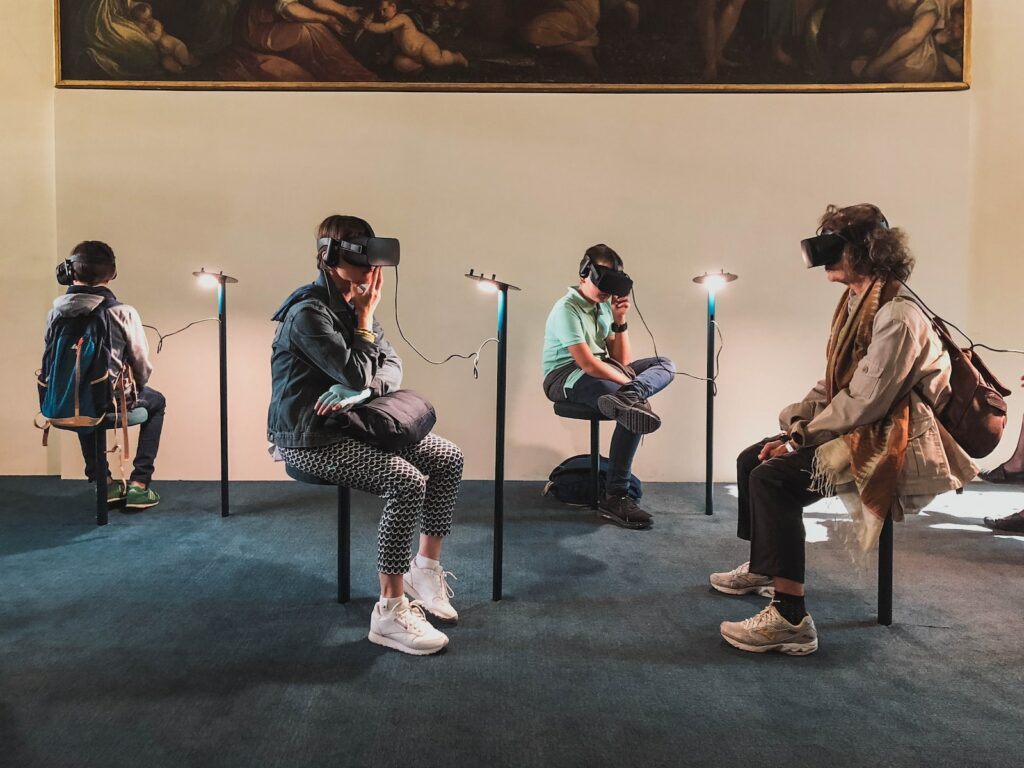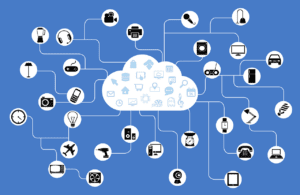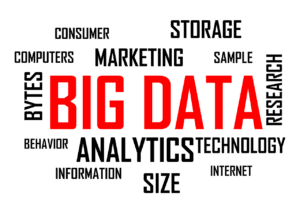Virtual reality has emerged as a fascinating technology in recent years. It allows individuals to immerse themselves in an entirely new digital world that looks, sounds, and feels real. Virtual reality has been applied in numerous industries, from gaming to healthcare, and has provided various benefits. In this article, we will delve into the most important benefits of using virtual reality.
Introduction
Virtual reality (VR) is a technology that uses a headset with a screen to create an immersive, three-dimensional experience that simulates the real world. In recent years, virtual reality has been used in various fields, from education to entertainment, and has shown numerous benefits. In this article, we will explore the most important benefits of using virtual reality.
Better Learning Experience
Virtual reality is transforming the education industry. Students can now immerse themselves in a digital environment that simulates real-world situations, making learning more engaging and effective. VR technology allows students to understand complex concepts and ideas better. It provides a safe environment for students to experiment and learn without the fear of making mistakes.
Enhanced Safety Training
Virtual reality has also revolutionized the way safety training is conducted. It offers a safe and controlled environment to train employees on safety procedures and protocols. The immersive experience allows employees to learn and practice safety procedures in a simulated environment before implementing them in the real world.
Treatment of Phobias and PTSD
Virtual reality is also used in treating phobias and post-traumatic stress disorder (PTSD). In a virtual environment, patients can confront their fears and overcome them without the risk of harm. It has shown significant success in treating phobias such as fear of heights, spiders, and flying.
Improved Customer Experience
Virtual reality is transforming the way customers interact with products and services. Companies are now using VR to offer a more personalized and immersive experience to their customers. VR technology allows customers to test products in a simulated environment, providing a more interactive and engaging experience.
Increased Efficiency
Virtual reality has also improved the efficiency of various industries. In manufacturing, virtual reality is used to simulate assembly lines and identify potential issues before implementation. In the healthcare industry, it is used to plan surgeries and identify potential complications before the actual procedure.
Enhancing Marketing Strategies
Virtual reality is also used to enhance marketing strategies. Companies are using VR technology to create interactive and engaging marketing campaigns that resonate with their target audience. VR allows marketers to create a more immersive and personalized experience, resulting in higher engagement and conversion rates.
Cost-effective Entertainment
Virtual reality is transforming the entertainment industry. It offers a cost-effective alternative to traditional entertainment. VR technology allows users to immerse themselves in a digital world without leaving their homes. It offers an affordable way to experience adventure, travel, and other experiences that may not be possible in the real world.
Virtual Tourism
Virtual reality has also revolutionized the tourism industry. It offers a way for tourists to experience a destination before traveling, making the decision-making process easier. VR technology allows tourists to explore destinations, hotels, and attractions, providing a more realistic and immersive experience.
Improved Mental Health
Virtual reality is also being used to improve mental health. It offers a way for individuals to confront and manage mental health issues such as anxiety and depression in a controlled and safe environment. Virtual reality therapy can be used to help patients cope with real-life situations and triggers in a more effective and manageable way.
Virtual Reality and Real-life Simulations
Virtual reality can also be used to simulate real-life scenarios, providing an opportunity for individuals to practice and develop skills before implementing them in the real world. For example, pilots can use VR technology to practice flying and handling emergencies in a simulated environment before flying a real plane.
Training of Military Personnel
Virtual reality is also used in the military for training purposes. It offers a way for soldiers to simulate combat scenarios and practice skills without risking their lives. VR technology also allows for the development of new tactics and strategies in a safe and controlled environment.
Virtual Reality in Space Exploration
Virtual reality is also used in space exploration. It offers a way for astronauts to train and prepare for space missions in a simulated environment. VR technology also allows for the exploration of space and other planets, providing a more immersive and realistic experience.
Virtual Reality in Archaeology
Virtual reality is also used in archaeology to reconstruct and simulate ancient structures and artifacts. It offers a way for researchers and historians to explore and understand historical sites and artifacts in a more interactive and engaging way.
Virtual Reality in Architecture and Interior Design
Virtual reality is also used in architecture and interior design to simulate and visualize building designs before construction. VR technology allows architects and designers to walk through buildings and experience spaces in a more immersive and realistic way.
Conclusion
Virtual reality has emerged as a transformative technology in recent years, providing various benefits across different industries. From education to entertainment, VR technology offers an immersive and engaging experience that has shown significant success in improving learning, training, and treatment of various conditions. As technology continues to advance, it is expected that virtual reality will continue to revolutionize the way we experience the world around us.
FAQs
- Is virtual reality safe for long-term use?
- Yes, virtual reality is safe for long-term use. However, it is essential to take breaks to avoid eye strain and motion sickness.
- Can virtual reality be used for social interaction?
- Yes, virtual reality can be used for social interaction. Many VR applications offer a way for users to interact and socialize in a digital environment.
- What are the potential drawbacks of virtual reality?
- Potential drawbacks of virtual reality include motion sickness, eye strain, and the potential for addiction.
- How does virtual reality improve learning?
- Virtual reality improves learning by providing an immersive and engaging experience that simulates real-world situations, making learning more effective and engaging.
- Can virtual reality replace real-life experiences?
- No, virtual reality cannot replace real-life experiences. However, it offers a way to supplement and enhance real-life experiences, providing a more immersive and engaging experience.





